Cameras that can scan an entire body in a fraction of a second can give spinal surgeons an accurate assessment of how much range of motion youth with scoliosis have in their torso – a critical piece of information for guiding management of people with the condition, researchers at Hospital for Special Surgery (HSS) in New York City have found.
Month: March 2023
Stress memory in plants could hold key to growing disease resistant crops
Biotic stress experienced by plants can take the form of attacks by insect herbivores or disease-causing pathogens. In crops grown for food production, this stress provides a substantial risk to crop yields and is currently managed with the widespread use of pesticides, which are damaging for the environment and can pose a risk to human health.
The 6 Top Mold Allergy Symptoms in Adults
As Spring is upon us, Ochsner Health has Allergy and Immunology experts available.
Johns Hopkins Expert Available on History of Anti-Drag Bills
Tennessee last week passed a bill restricting drag performances in public spaces, and at least a dozen state legislatures are proposing similar bills. Johns Hopkins University historian Jules Gill-Peterson, who studies transgender history and the history of sexuality, is available…
Do you see me? New study examines how women of colour experience invisibility in the workplace
Invisibility is a salient and recurring experience of mistreatment for women of colour working in traditionally white and male professions, two researchers found in their recent landmark study.
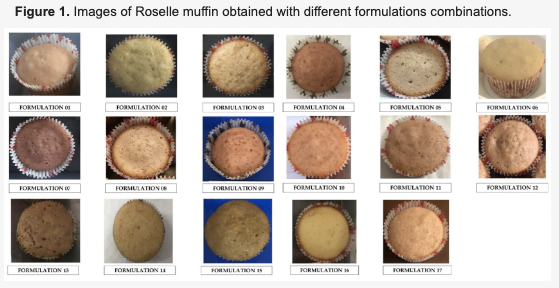
Muffins that could be good for your health
Love muffins? We’re talking about a tasty, fluffy muffin that has no artificial additives and that simultaneously contains lots of beneficial nutrients.

The colors on these ancient pots hint at the power of an empire
In a new study, archaeologists compared the colors on pieces of ancient Peruvian pottery. They found that potters across the Wari empire all used the same rich black pigment to make ceramics used in rituals: a sign of the empire’s influence.
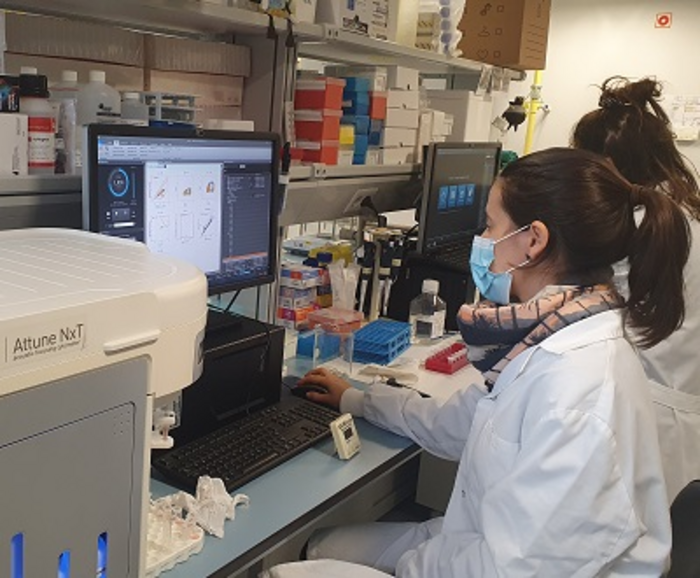
How does the immune system react to altered gravity?
Space travel has always tested the human body by the effects of the new conditions of altered gravity on biological systems.

Monell’s Rapid Smell Test Discriminates Between Smell Loss and Smell Distortions
The smell test SCENTinel 1.1 can successfully discriminate between different types of smell disorders. The paper, published in Chemical Senses, also provides evidence that it is the only direct olfactory test to rapidly identify parosmia, the distorted perception of odors.
Mercy’s Preventive Care Center to Address Health Inequities, Empower Vulnerable Populations
As part of Mercy Health Services’ (MHS) efforts to provide comprehensive patient education, greater access to care, and resources to address social determinants of health, MHS has announced specific offerings and features of the new Preventive Care Center (PCC).

How fruit flies feast for pleasure as well as necessity
Researchers have begun to explore the underlying neural activity of eating behaviours in fruit flies to better understand the motives that drive feeding.

New “Camera” with Shutter Speed of 1 Trillionth of a Second Sees through Dynamic Disorder of Atoms
Researchers have developed a new “camera” that sees the local disorder in materials. Its key feature is a variable shutter speed: because the disordered atomic clusters are moving, when the team used a slow shutter, the dynamic disorder blurred out, but when they used a fast shutter, they could see it. The method uses neutrons to measure atomic positions with a shutter speed of around one picosecond, a trillion times faster than normal camera shutters.
FDA mandate to limit acetaminophen in acetaminophen-opioid medications is associated with reduced serious liver injury
A United States Food and Drug Administration mandate to limit the dosage of acetaminophen in pills that combine acetaminophen and opioid medications is significantly associated with subsequent reductions in serious liver injury.
Unconventional spellings are a ‘Badd Choyce’ for brand names
While marketers seem to love creating new brand names by deliberately misspelling real words, a new study shows that consumers almost never like this tactic. In a series of studies, researchers found that consumers respond less positively in a variety of ways to new products when their brand names use unconventional spellings of real words, like “Klear” instead of “Clear.”

How CSU Empowers Women in STEM
UN Women has declared the theme for International Women’s Day on March 8, 2023 “DigitALL: Innovation and Technology for Gender Equity” to celebrate women and girls who are championing the advancement of transformative technology and digital education.
A new study unveils the mechanism behind the generation of large tsunamis off the Northwest Mexican Coast
The Northwest Pacific coast of Mexico is an area struck by large earthquakes and tsunamis as a result of the interaction of two tectonic plates. However, to date, the structure of the continental margin and, therefore, the causes behind the generation of these natural hazards were unknown.
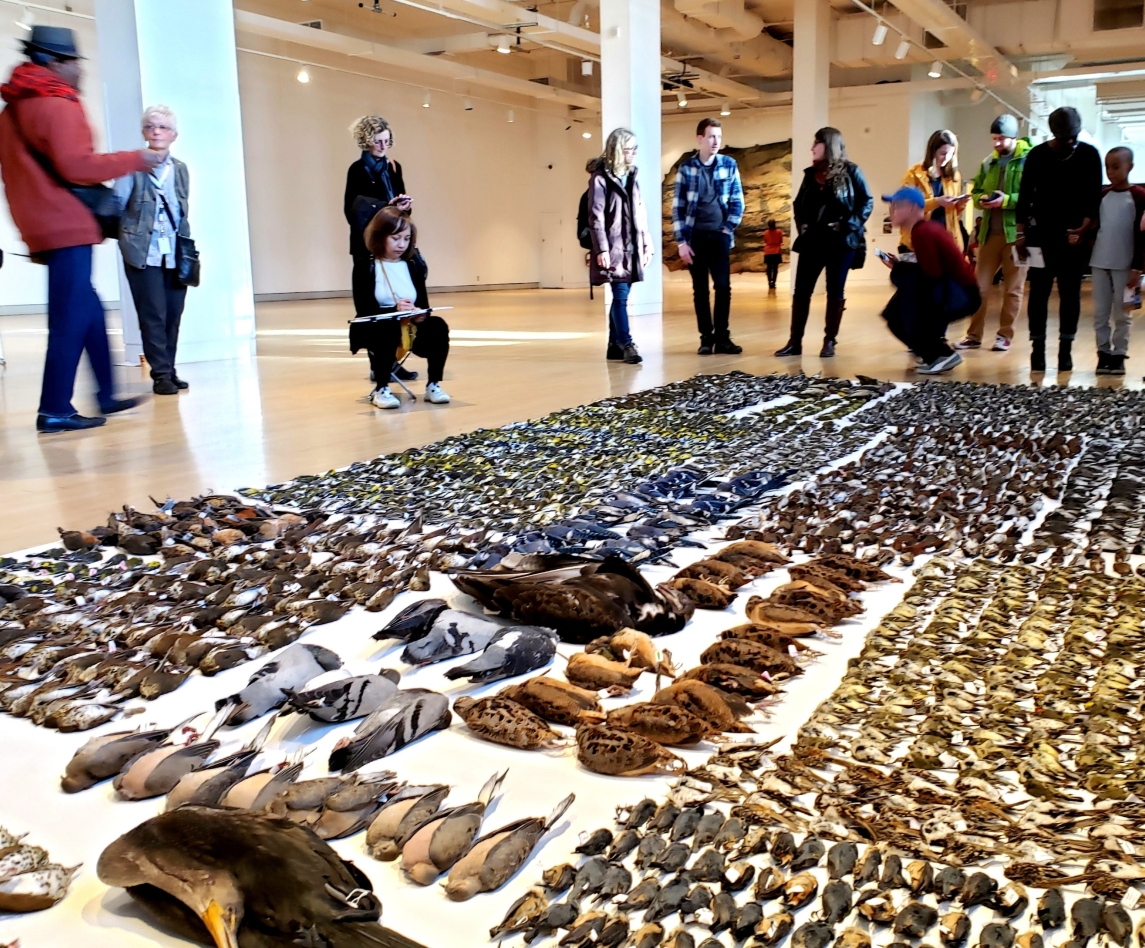
Grassroots Data Vital for Reducing Deadly Bird-Window Strikes
Much of the progress made in understanding the scope of bird deaths from building and window collisions has come as the result of citizen science, according to a newly published study. But the study also concludes that such grassroots efforts need more buy-in from government and industry, and better funding so they can keep a foot on the gas in their efforts to reduce bird-window collisions.
Imagining a recent meal as larger than reality may reduce snacking, study finds
The so-called ‘meal-recall effect’ – remembering a recent meal – can reduce how much food a person will eat later.
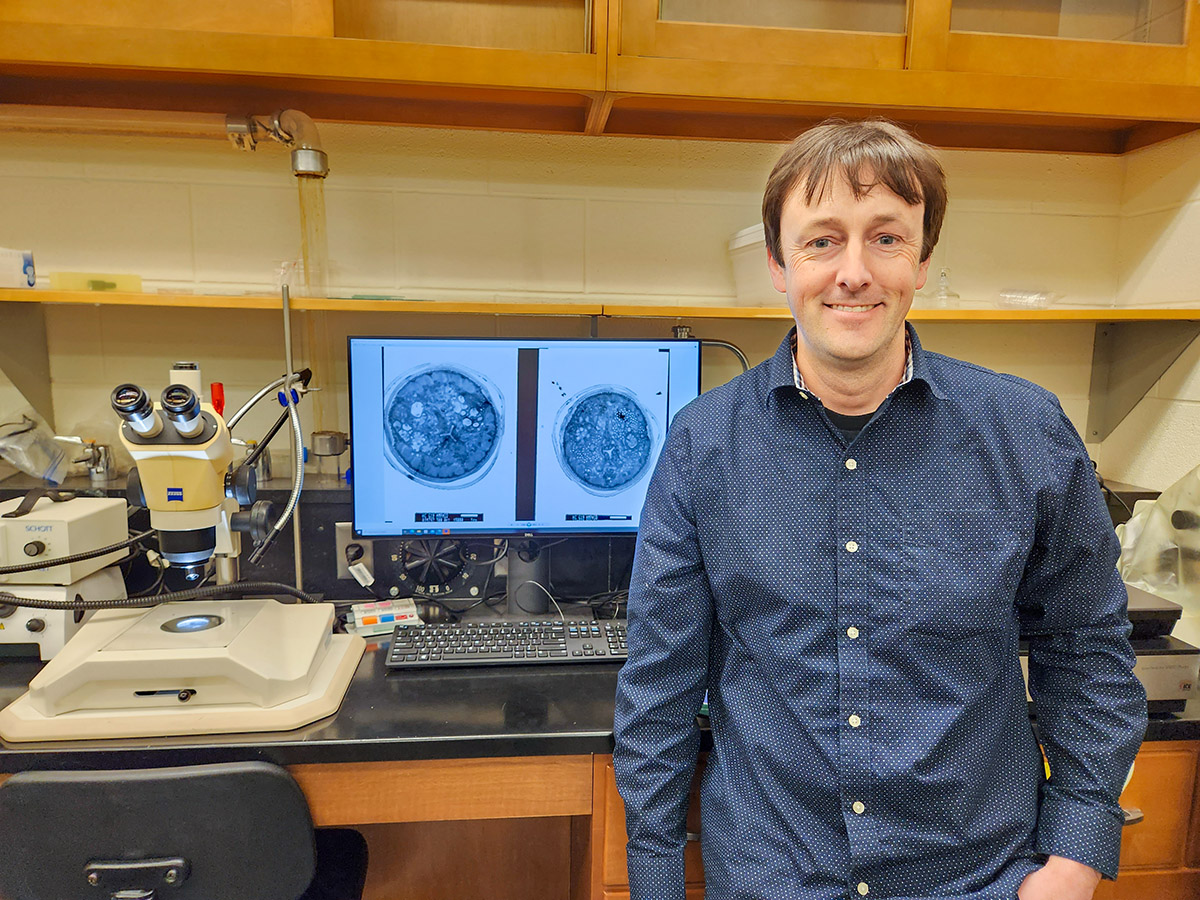
WormAtlas expanding beyond C. elegans with support from NIH
The National Institutes of Health recently pledged $2.6 million towards the Center for C. elegans Anatomy, also known as WormAtlas. The center provides anatomical resources for researchers studying C. elegans, the tiny nematode worm that serves as a model organism for higher animals, including humans. Of the total award, $950,000 goes to co-principal investigator Nathan Schroeder of the University of Illinois College of Agricultural, Consumer and Environmental Sciences (ACES).
Exercise could help with common sexual complaint
Exercise appears to be a potentially effective way of treating premature ejaculation, according to a new peer-reviewed study carried out by Anglia Ruskin University (ARU).
Scientists discover new lead in hunt for myeloma drug
A molecule involved in fat transport and metabolism is key to the progression of the malignant blood cancer multiple myeloma, researchers report today in eLife.
Department of Energy and NASA Join Forces on Innovative Lunar Experiment
The U.S. Department of Energy (DOE) and the National Aeronautics and Space Administration (NASA) are working together to develop a science instrument that will survive the harsh and unforgiving environment of the nighttime lunar surface on the far side of the Moon to attempt first-of-its-kind measurements of the so-called Dark Ages of the Universe.
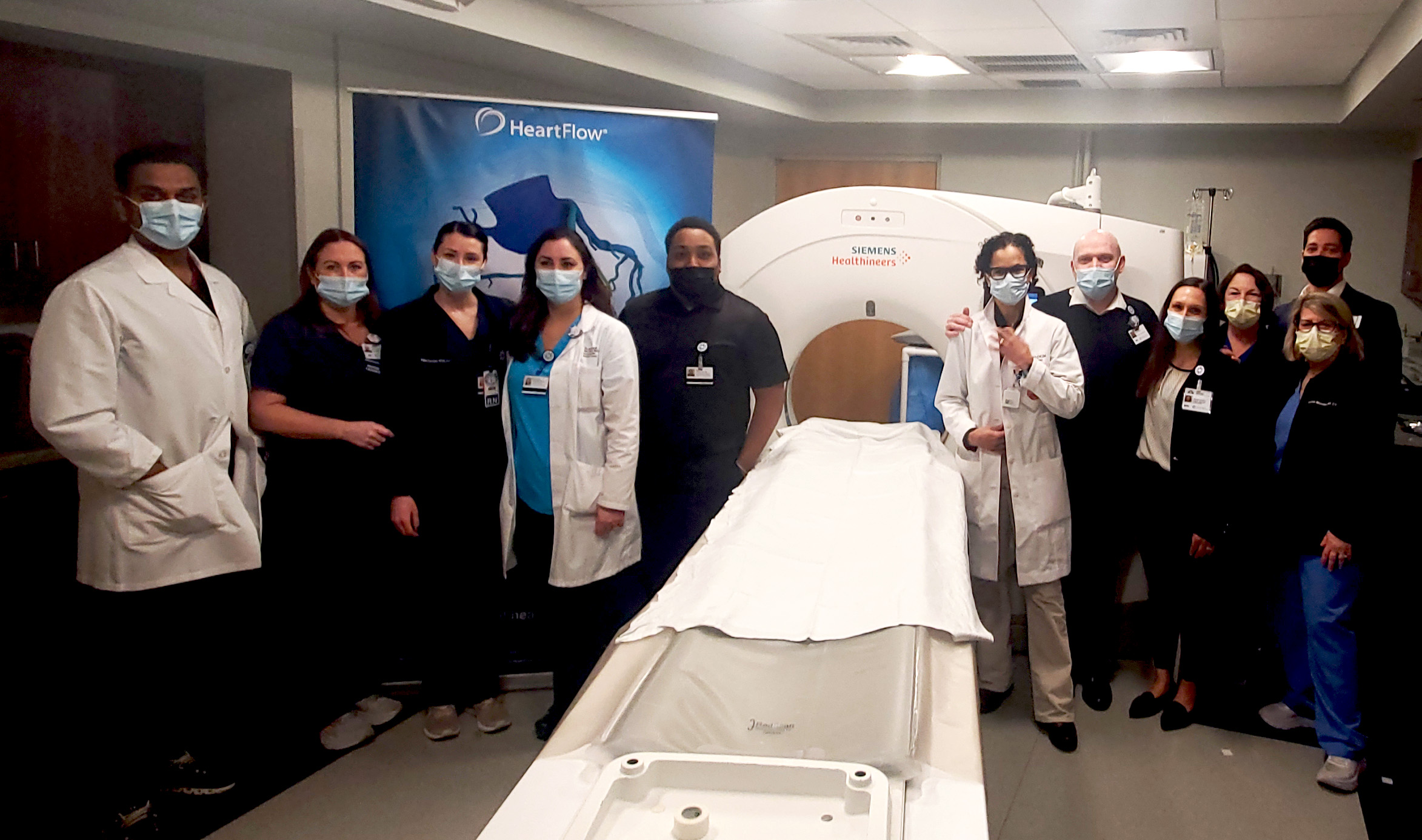
Hackensack Meridian Mountainside Medical Center Receives the HeartFlow® CT Quality Award for Commitment to Patients’ Heart Health
Mountainside received the HeartFlow® CT Quality Award. Honorees are in the top 22% of medical centers providing patients with better pathways for identifying and understanding heart health using CT scans and HeartFlow® Analysis, a groundbreaking technology for diagnosing coronary artery disease.

Math maestro geeks out on Pi Day
Goofy events and deals on pizza and pies only hint at the true magic of Pi Day, according to the University of Delaware’s resident pi expert, Sebastian Cioaba. Most people know the momentous math holiday, March 14, honors 3.14, the…
How differences in individual infections affect COVID-19 spread within households
Substantial variation in infectiousness among cases may strongly impact the way SARS-CoV-2 virus spreads in the population, even at the household level, shows a study published today in eLife.
Localized lockdowns could control pandemics while reducing socio-economic impact
Analysis of the COVID-19 pandemic in the Netherlands suggests that locally targeted pandemic control measures could have been just as effective as national lockdowns, according to a study published today in eLife.
Children at Risk for Autism Struggle to Notice Mismatched Audio and Video
Rutgers research that may eventually enable far earlier autism diagnoses shows that typically developing infants perceive audio-video synchrony better than high-risk for autism infants.

Upward trend in ‘deaths of despair’ linked to drop in religious participation, economist finds
Over the past 20 years, the death rate from drug poisonings in the U.S. has tripled and suicide and alcoholic liver disease death rates have increased by 30 percent — particularly among middle-aged white Americans. Daniel Hungerman, professor of economics at the University of Notre Dame, and his co-authors studied the connection between a sharp downturn of religious participation in the late 1980s and the swift rise in these “deaths of despair” among white Americans ages 45 to 54 in the early 1990s.
Brain tumor discovery paves way for new drug treatments
New research has shown that the blood vessels that feed aggressive brain tumours have receptors that could allow a new type of drug-containing nanoparticle to be used to starve the tumours of the energy they use to grow and spread, and also cause other disruptions to their adapted existence, even killing themselves.

The planet that could end life on Earth
A terrestrial planet hovering between Mars and Jupiter would be able to push Earth out of the solar system and wipe out life on this planet, according to a UC Riverside experiment.

UT Southwestern scientists discover agent that reverses effects of intoxication
A shot of a liver-produced hormone called FGF21 sobered up mice that had passed out from alcohol, allowing them to regain consciousness and coordination much faster than those that didn’t receive this treatment, UT Southwestern researchers report in a new study. The findings, published in Cell Metabolism, could lead to effective treatments for acute alcohol intoxication, which is responsible for about 1 million emergency room visits in the U.S. each year.
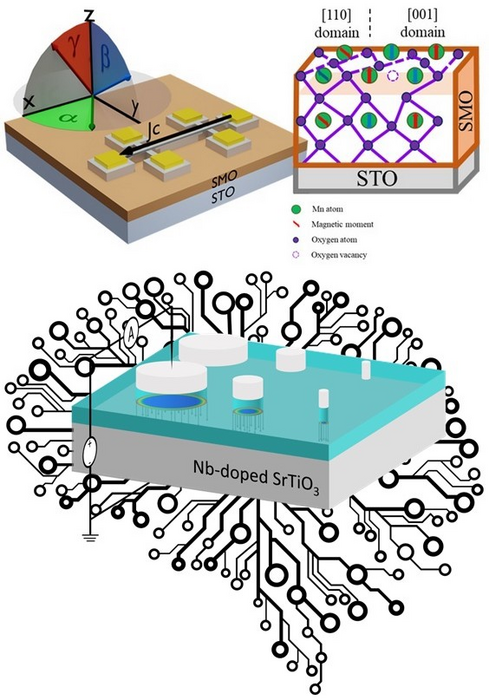
Complex oxides could power the computers of the future
As the evolution of standard microchips is coming to an end, scientists are looking for a revolution. The big challenges are to design chips that are more energy efficient and to design devices that combine memory and logic (memristors).
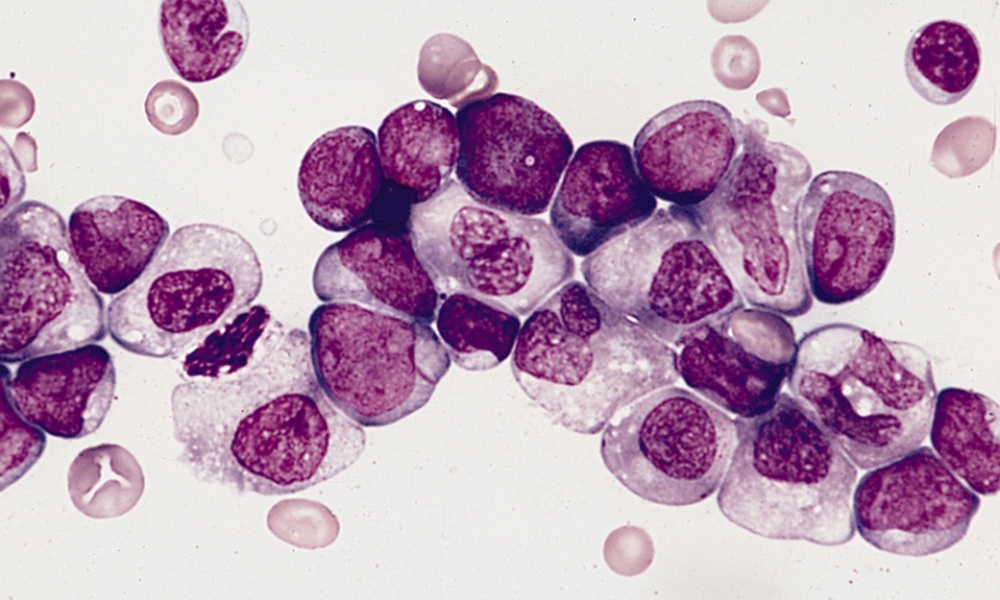
Splicing Deregulation Detected and Targeted in Type of Childhood Leukemia
UC San Diego researchers delve deep into the unknown cause of pediatric acute myeloid leukemia to identify a gene splicing dysregulation and potential target for treating the disease, which often becomes treatment-resistant.

UAH researcher seeks to explain why lithium-ion batteries abruptly fail; earns $598K NSF CAREER Award
Research focused on why and how lithium-ion batteries may suddenly fail energetically, causing smoke, fire or even an explosion, a phenomenon called thermal runaway, has earned a researcher at The University of Alabama in Huntsville (UAH) a National Science Foundation (NSF) CAREER Award totaling $598,181.
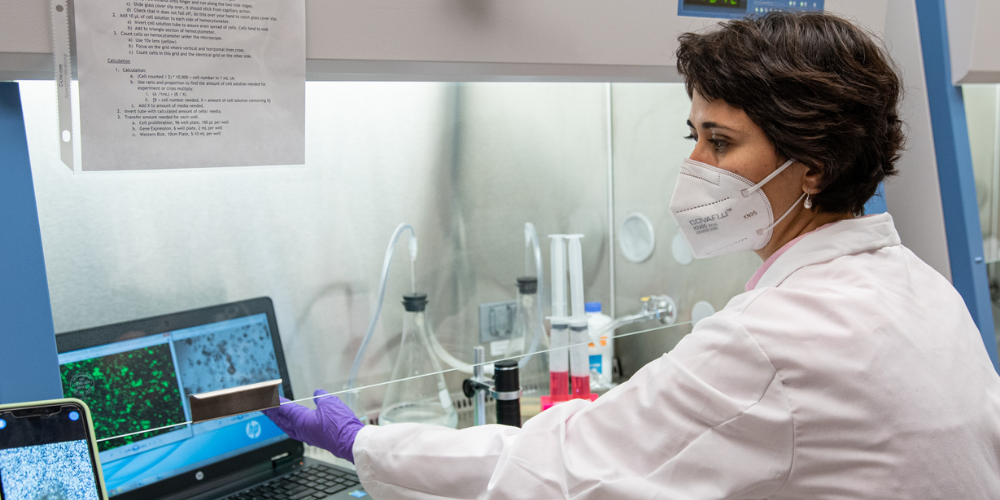
Nutrition specialist: Low-carb diets can improve treatment of liver metastases in breast cancer patients
University of Illinois researchers have found that liver metastases in breast cancer patients rely on increased amounts of glucose, indicating the possibility of a dietary intervention to reduce tumor burden and increase treatment efficacy. Approximately one-third of breast cancer patients…
Johns Hopkins Bloomberg School of Public Health Appoints Sonia Angell as New Bloomberg Professor of the Practice of American Health
Johns Hopkins Bloomberg School of Public Health has appointed Sonia Angell, MD, MPH, as a Bloomberg Professor of the Practice of American Health in the Department of Epidemiology.

Heart Tissue Heads to Space to Aid Research on Aging and Impact of Long Spaceflights
Johns Hopkins Medicine researchers are collaborating with NASA to send human heart “tissue-on-a-chip” specimens into space as early as March. The project is designed to monitor the tissue for changes in heart muscle cells’ mitochondria (their power supply) and ability to contract in low-gravity conditions.
New Scientific Evidence Emerges on How Individuals Transition From Recreational to Compulsive Use of Drugs
While substance use disorder (SUD) remains a clinically and socially devastating condition in the U.S. and worldwide, the phenomenon of how individuals transition from recreational to compulsive drug use is yet to be fully understood. Researchers at the Icahn School…
Cleveland Clinic Selected for Nationwide Initiative to Translate Research to Patient Care
The Patient-Centered Outcomes Research Institute (PCORI) has chosen Cleveland Clinic for a nationwide initiative to improve how healthcare systems translate research findings to clinical practice.
Pi expert, math professor, and former Forbes author on pi is available to discuss pi ahead of Pi Day on 3/14.
Kevin Knudson, a math professor and former Forbes contributor on all things math, is available to discuss pi and Pi Day. Dr. Knudson wrote a six part series for Forbes on pi: It’s history, discovery, use in modern life like…
Laser shots at National Ignition Facility could spark additional discoveries in astrophysics
Using the Argonne Tandem Linac Accelerator System (ATLAS), a team of scientists is studying the environment created during laser shots at the National Ignition Facility to better understand its potential as a testbed for nuclear astrophysics research.
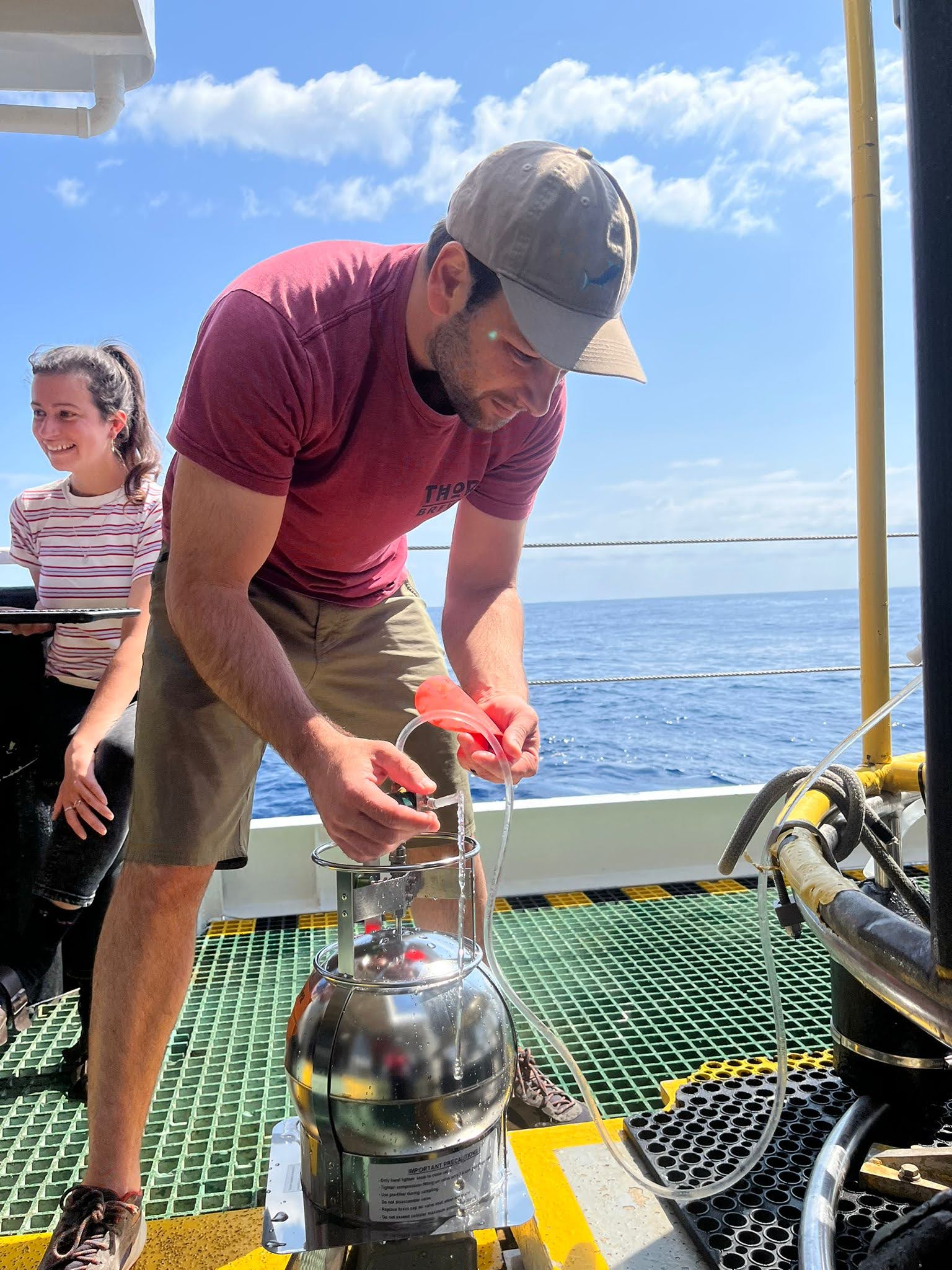
A Better Understanding of Gas Exchange Between the Atmosphere and Ocean Can Improve Global Climate Models
The injection of bubbles from waves breaking in turbulent and cold high-latitude regions of the high seas is an underappreciated way in which atmospheric gases are transported into the interior ocean. An improved mechanistic understanding of gas exchange in high latitudes is important for several reasons, including to better constrain climate models that are used to predict changes in the ocean inventory of key gases like oxygen and carbon dioxide.
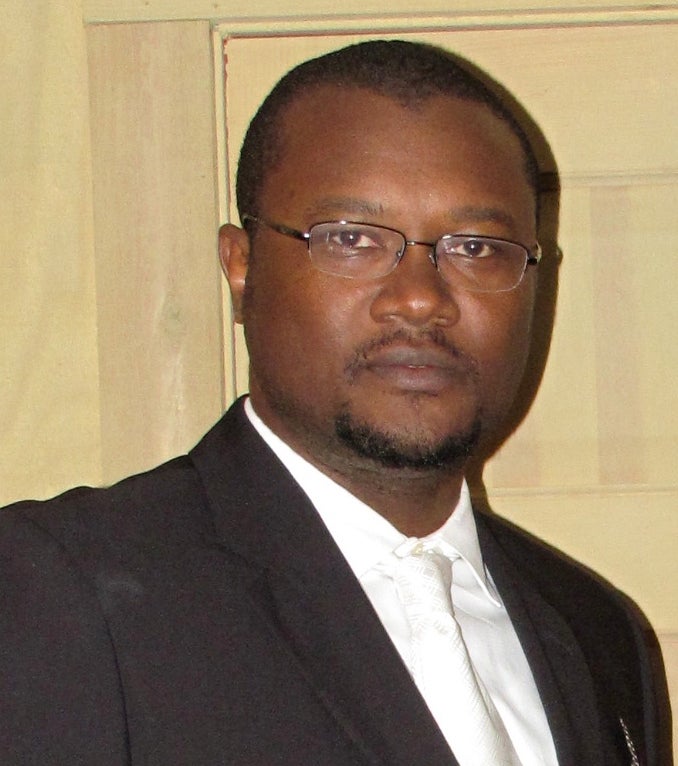
Rensselaer Researcher Breaks Through the Clouds To Advance Satellite Communication
Rensselaer Polytechnic Institute’s Moussa N’Gom, assistant professor of physics, applied physics, and astronomy, has devised a method to make communications between satellites and the ground more effective no matter the weather. In research recently published, N’Gom and his team used ultrafast, femtosecond lasers to cut through the clouds and rain that commonly cause losses in free-space optical communication (FSO).

Dedication to Patients, Profession Drives Nurses to Seek Certification
As part of Certified Nurses Day March 19, a few progressive care, critical care and advanced practice nurses told AACN why they chose to get certified. They are among more than 133,000 nurses who hold AACN Certification Corp. credentials.
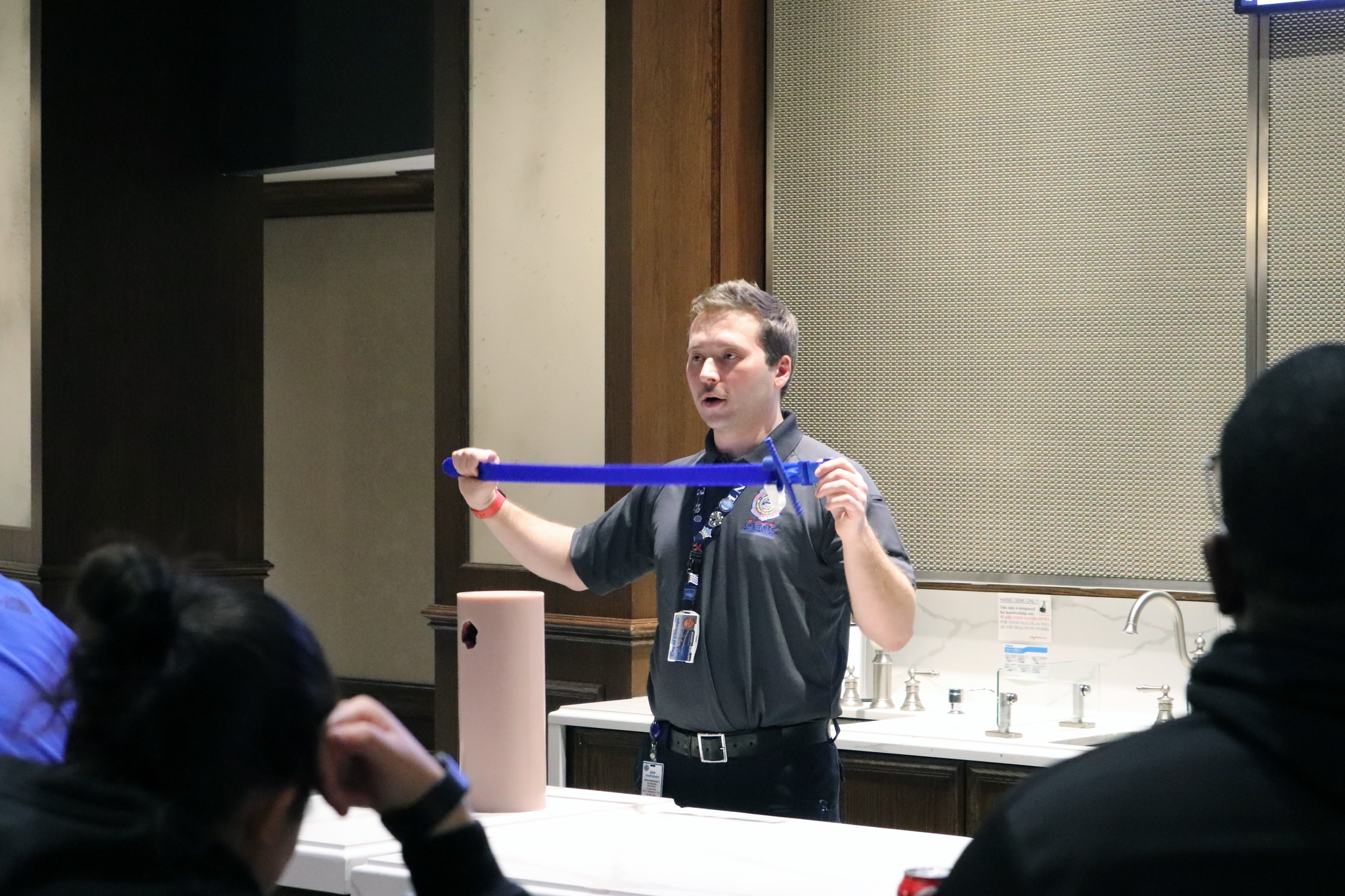
Chicago Cubs Become the First MLB Team to Install American College of Surgeons STOP THE BLEED® Kits
The Chicago Cubs have taken an important step to keep fans, staff, and players safe in case a bleeding emergency occurs by installing trauma kits at Wrigley Field.

SMFA at Tufts Announces Traveling Fellows for 2022
The School of the Museum of Fine Arts at Tufts University has announced its 2022 class of SMFA at Tufts Traveling Fellows. The five artists will journey to places around the world to conduct research and find inspiration for their art.

Elegantly Modeling Earth’s Abrupt Glacial Transitions
Milutin Milankovitch hypothesized that the timing of glacial transitions has been controlled by the orbital parameters of the Earth, which suggests that there may be some predictability in the climate, a notoriously complex system. In Chaos, Stefano Pierini proposes a new paradigm to simplify the verification of the Milankovitch hypothesis. Pierini’s “deterministic excitation paradigm” combines the physics concepts of relaxation oscillation and excitability to link Earth’s orbital parameters and the glacial cycles in a more generic way.
Genetic variation that protected against Black Death still helps against respiratory diseases today, but increases autoimmune disease risks
The same genetics that helped some of our ancestors fight the plague is still likely to be at work in our bodies today, potentially providing some of the population with extra protection against respiratory diseases such as COVID-19. However, there is a trade-off, where this same variation is also linked to increased autoimmune diseases such as rheumatoid arthritis and inflammatory bowel disease.
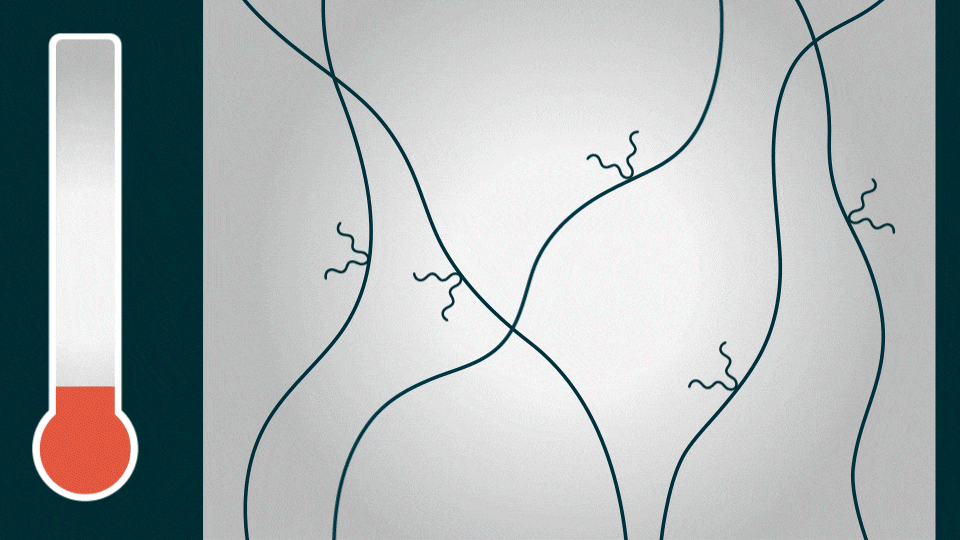
Electric Vehicle Batteries Could Get Big Boost With New Polymer Coating
Scientists at Berkeley Lab have developed a polymer coating that could enable longer lasting, more powerful lithium-ion batteries for electric vehicles. The advance opens up a new approach to developing EV batteries that are more affordable and yet easy to manufacture.
Chula’s AICute Innovation – An Assessment Tool for Ischemic Stroke Risk to Reduce Disability and Death
A research team from the Faculty of Medicine and Faculty of Engineering, Chulalongkorn University has jointly developed AICute, an innovative program to assess the chances of stroke caused by heart disease (Ischemic Stroke), aimed at helping hospitals that lack cardiologists to enhance the effectiveness of stroke treatment, reduce congestion in hospitals and medical schools.